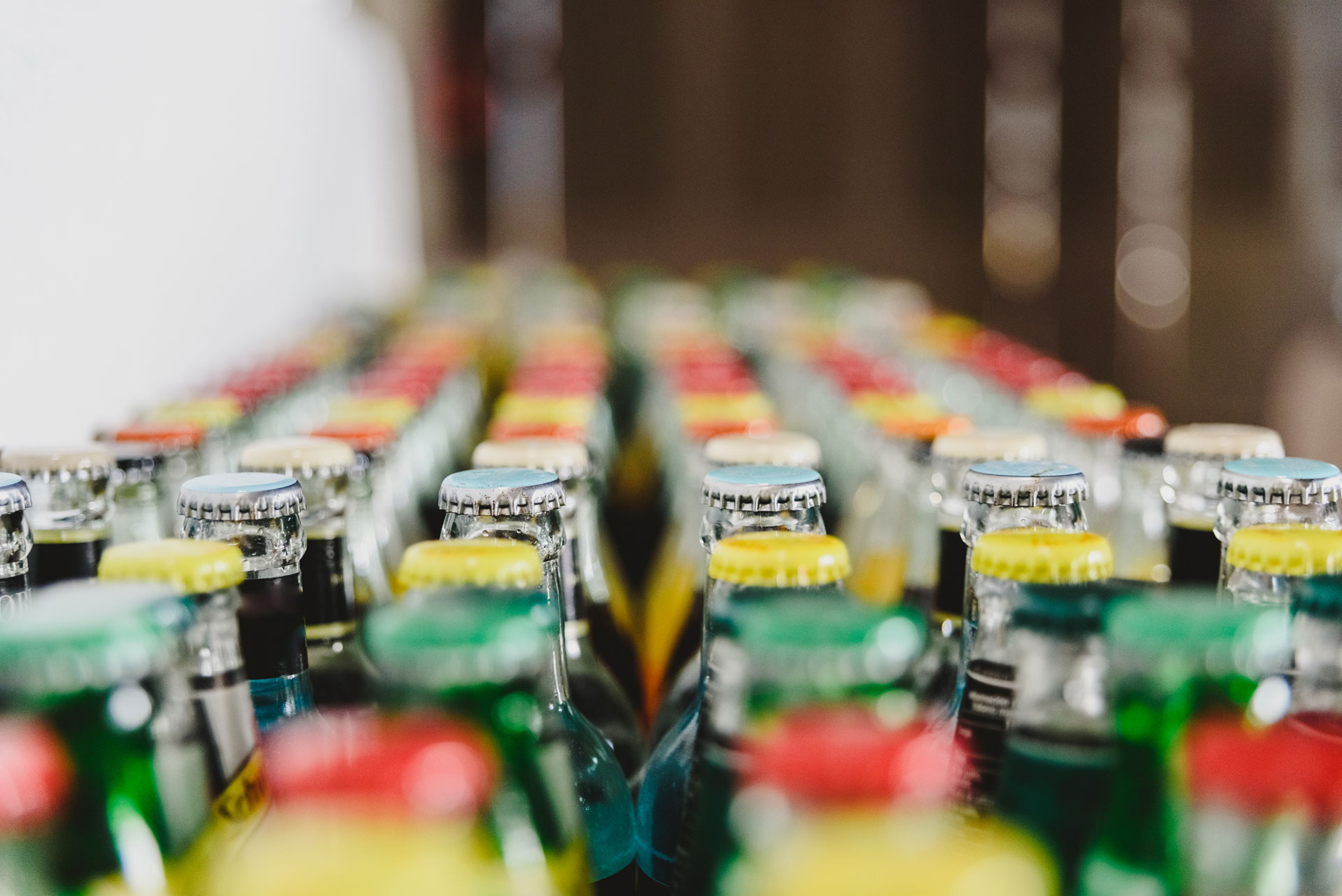Dangerous Goods Trasportation
Dangerous Goods Handling, Packing and Documentation
Hazardous materials, also known as dangerous goods, can pose significant threats to human health, safety, and the environment if not handled in accordance with stringent regulations. The specific characteristics of these substances can have diverse impacts on individuals, animals, and ecosystems, potentially resulting in the onset of diseases, environmental degradation, fatalities, and property destruction.
Stringent regulatory requirements have been established to mitigate the risks associated with hazardous materials. These regulations mandate specific standards for the storage and transportation of dangerous goods, emphasizing the importance of compliance to ensure the safety of individuals, prevent harm to the environment, and safeguard property. It is crucial to recognize and adhere to the distinctions between the storage and transportation protocols for dangerous goods and hazardous materials to effectively manage the associated risks.
With a focus on training, international standards, and emergency response readiness, our services prioritize the safe and responsible management of dangerous goods. So, you can rely on us to safeguard people and the environment while meeting your transportation needs for hazardous materials.
Dangerous Goods Packing
We use labeling packages with hazard symbols and approved containers that meet IATA’s regulatory standards for air shipments. With GCAA-certified specialists, we provide accurate documentation, segregate incompatible substances, and employ secure packaging for a safe transit.
Dangerous Goods Transport
We specialize in the safe and efficient transport of dangerous goods, ensuring compliance with all international, national, and local regulations. Our meticulous attention to detail and extensive experience make us a trusted partner for all your dangerous goods transportation needs.
Freight Forwarding
At TFI, safety comes first. When transporting dangerous goods, we store different classes in separate containers and use dedicated vehicles for specific chemicals. Our team also ensures that the transportation conditions are controlled accordingly while having the correct transport documentation on hand.
Customs Clearance
Customs clearance for dangerous goods involves meticulous documentation, precise classification, and adherence to international regulations. Our certified customs specialists have proven expertise in dangerous goods. So, you can count on us for a seamless customs clearance process.
Dangerous Goods Classifications We Handle
Gasses are confined in containers under elevated pressure, and their rapid expansion upon release poses a potential threat. Certain gasses are highly flammable, igniting quickly and presenting a significant fire hazard. Meanwhile, others are toxic or asphyxiating, posing harm to humans by affecting the respiratory system. These characteristics categorize gasses as dangerous goods during transportation.
Air transport of gasses demands specific precautions and equipment, such as dry ice, to prevent their uncontrolled expansion. The containers utilized for transportation must withstand the gas pressure and prevent leaks. Employees must undergo specialized training and obtain appropriate licenses to ensure the secure transport and handling of gasses.
The fumes emitted by flammable liquids pose a hazard, spreading rapidly and igniting, potentially leading to a swiftly spreading fire. This categorizes them as significant hazardous materials both in the workplace and during transportation. Examples of flammable liquids include gasoline, lithium batteries, diesel fuel, ethanol, and paint thinner.
Handling these hazardous liquids necessitates appropriate packaging, approved containers, and accurate labeling. It is crucial to segregate these materials from heat sources and ensure adequate ventilation to prevent the accumulation of flammable fumes. Fire protection services and suppression systems must also be installed in storage areas. Also, providers involved in transporting these materials must ensure that vehicles equipped with fire protection and other relevant safety features are utilized.
Highly flammable solids are perilous substances that readily ignite and burn rapidly, posing a substantial risk of fires. These solids, with their low ignition temperatures, can be easily set ablaze by a spark or other ignition sources.
Moreover, numerous flammable solids release combustible fumes, exacerbating the spread of fire and escalating the likelihood of explosions.
Adhering to regulations that encompass labeling, packaging, and safety measures is crucial when storing, transporting, and using flammable solids. Proper handling and storage practices for these hazardous materials are imperative to prevent fires, ensuring the protection of individuals, property, and the environment. Adequate training for employees on the correct procedures for handling these dangerous goods is essential.
Oxidizing substances, exemplified by oxygen and chlorine, have the capacity to supply gasses that support combustion, rendering them hazardous. Similarly, organic peroxides, including benzoyl peroxide, carry inherent dangers, with the potential for spontaneous combustion or detonation if mishandled or incorrectly transported.
Both oxidizing substances and organic peroxides have the propensity to emit substantial heat during reactions, posing a risk of fires and explosions. Certain organic peroxides are recognized for their rapid decomposition, releasing gasses that pose a significant threat to human safety and the environment.
Toxic substances represent perilous materials demanding careful handling due to the substantial risks they pose to both humans and the environment. Inhalation, ingestion, or skin contact with these hazardous materials can result in death, injury, or harm to human safety. Examples of toxic goods encompass pesticides, hazardous chemicals, and certain medical products.
Infectious substances refer to materials contaminated with pathogenic microorganisms capable of causing human disease during transportation. These microorganisms can propagate disease, presenting a significant threat to public health if not handled, packaged, and transported correctly. Included in this category are medical or clinical waste, blood, and tissues from infected animals.
Apart from adhering to proper packaging procedures, employees must strictly follow safety protocols by maintaining a safety data sheet when working with infectious substances. Adherence to regulations includes wearing personal protective equipment and practicing good hygiene to ensure safe handling and transportation.
Corrosives are substances with high reactivity that yield significant chemical effects. Their reactive nature initiates chemical reactions leading to the deterioration of other materials upon contact. When these materials encounter living tissue, they can inflict severe injuries. Flux, chlorides, and batteries are a few examples of corrosive substances.
Various hazardous substances in shipments pose a threat to both human health and the environment when mishandled, inadequately packaged, or improperly transported.
These materials have the potential to instigate fires or explosions, release flammable gases, or adversely affect human health when exposed to them in the environment, even without direct physical contact.
Examples of miscellaneous dangerous substances encompass volatile solids and spontaneous combustibles, such as lithium batteries that emit flammable gases upon contact with water.
Shippers are required to appropriately label and package these goods in secure storage containers. Employees handling these substances should also wear protective gear, including gloves, eye protection, and suitable clothing.
Why Choose TFI for
Dangerous Goods Transportation?
Why Choose TFI for Dangerous Goods Transportation?
- Licensed DG agent by the General Civil Aviation Authority of UAE
- Certified in-house DG specialists
- Global freight forwarding
- Customs brokerage
- End-to-end logistics management
- DG-approved warehouse
- Extensive global agent network
- An ISO-9001 & ISO-45001 certified company
Combining the strength of our experience, capabilities, and technology, we provide tailored dangerous goods logistics solutions to wide-ranging industries.
Dangerous goods are substances or materials that pose a risk to health, safety, property, or the environment during transportation. Examples include explosives, flammable liquids, toxic substances, and corrosive materials.
The transportation of dangerous goods is regulated by international and national regulations, such as the International Maritime Dangerous Goods (IMDG) Code, the International Air Transport Association (IATA) Dangerous Goods Regulations (DGR), and the United Nations Recommendations on the Transport of Dangerous Goods.
Both the shipper and the carrier have responsibilities for ensuring compliance with dangerous goods regulations (DGR). The shipper is responsible for correctly classifying, packaging, marking, labeling, and documenting the dangerous goods. Meanwhile, the carrier is responsible for safely transporting the goods in accordance with regulations.
Dangerous goods must be packaged in containers that are approved for the specific hazard class and compatible with the substance being transported. Packaging must provide adequate protection against leaks, spills, and damage during transportation.
Yes, there are special handling requirements for dangerous goods to minimize the risk of accidents and ensure the safety of personnel and the environment. This may include restrictions on storage, loading, and unloading procedures, as well as requirements for segregation from incompatible substances.
Yes, dangerous goods shipments require specific documentation to ensure compliance with regulations and facilitate safe transportation. This may include a dangerous goods declaration, shipping papers, emergency response information, and any required permits or licenses.
Yes, we do. We ensure compliance with both the regulations of the origin and destination countries, as well as any transit countries along the route. For more information, get in touch with our experts.
We specialize in handling and transporting Class 2 (gasses), Class 3 (flammable liquids), Class 4 (flammable solids), Class 5 (oxidizing substances & organic peroxides), Class 6 (toxic & infectious substances), Class 8 (corrosive substances), and Class 9 (miscellaneous substances). Our in-house team of DG specialists are GCAA-certified, so you can have peace of mind knowing that your goods are safely packed, handled, and transported to their final destination. For more details about the goods under each classification, read our blog.









